Implementing the correct rice tariff
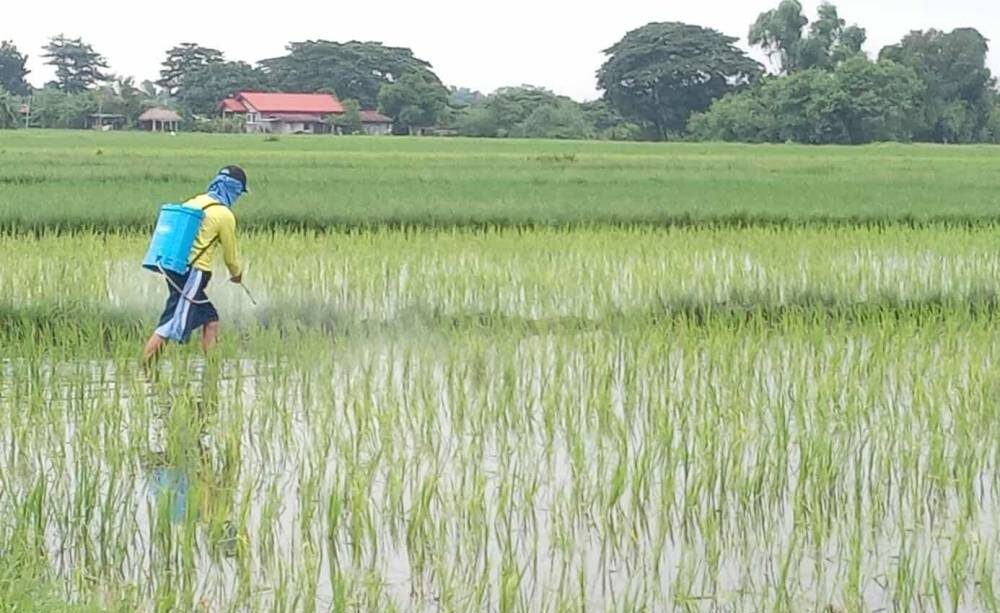
The government must immediately implement the correct rice tariff. This is especially important now, because our rice farmers are suffering more than ever before. At a palay production cost of P14 a kilo, the farm gate wet price is P11. The main cause is the 15 percent rice tariff that was decreased from 35 percent to 15 percent in July 2024.
If nothing is done, our rice farmers will feel the government does not care for their welfare. Some have already stopped planting rice and many more will follow. This is dangerous for our food security.
Changing conditions require changing rules that are appropriate for a given time. This 15-percent tariff is to remain until 2028. Farmer groups have filed a case at the Supreme Court arguing that the required legal process for adopting this low tariff was not followed. But whatever the case, there is now an opportunity to change this tariff anytime before 2028, if the situation calls for it. This situation exists and the time is now.
Last Oct. 20-Oct. 21, the Philippine Chamber of Commerce and Industry held its 51st Annual Philippine Business Conference. It did an excellent job. Well-formulated resolutions from their Luzon, Visayas and Mindanao Island Preparatory Conferences were submitted to the President in a 33-page report.
It should be noted that agriculture and energy were designated as one of four priority areas that need immediate action. The others were governance and anti-corruption, MSME development and ease of doing business and digitalization and innovation.
Current crisis
The current rice crisis was addressed by this submission from the Mindanao Island Preparatory conference held at Tagum, Davao del Norte last Aug. 27-Aug. 29: “Resolution urging the Department of Agriculture (DA) and the Department of Trade and Industry (DTI) to suspend the rice importation during the harvest season to protect farmers from decreased farm gate prices, secure farmer incomes and strengthen food security.”
Agriculture Secretary Francisco Tiu Laurel Jr. made a bold move by recommending a rice importation ban until the end of 2025. This was because farm gate prices had to decrease so that homegrown rice could compete with the imported price at the low 15-percent tariff.
In addition, oversupply from the resulting cheap imports grew to 5.4 million tons. This is double the 2.65 million rice supply gap identified by the Department of Economy, Planning and Development.
There is still a problem. When the import ban is lifted and the tariff is still unchanged at 15 percent (which many extreme free trade economists want to see), our rice farmers will suffer all over again.
Flexible tariffs
The Alyansa Agrikultura and the Federation of Free Farmers have long advocated flexible tariffs. This follows the practice of other countries like those in the European Union as well as Chile, Colombia, Switzerland and Norway.
If flexible tariffs are not adopted, safeguards can be implemented. This has the effect of increasing tariffs. Our cement manufacturers had earlier successfully used such a safeguard, which helped them survive.
Notably, the DTI helped the cement manufacturers using the motu proprio mode of arguing in favor of a cement safeguard. Our rice farmers, with far less resources and much higher stakes, are now waiting for such motu proprio support from DA.
After immediately restoring the 35-percent rice tariff, working for an additional safeguard to have an effective correct higher tariff should still be done. According to the International Society for South East Asia Agriculture Sciences, an optimal way to determine the correct tariff is to use the price gap method. This equates the imported price to the domestic price. Too high a tariff would penalize consumers; too low would penalize producers.
Considering the table shown here, the 35-percent rice tariff must be immediately restored. After that, a temporary safeguard for an effective 55 percent tariff should be implemented. This will result in DA’s target of an approximate P18 farm gate wet palay price.
Many argue that P18 is not enough. The farmer will then get a daily income of only P130, much lower than the P435 agriculture daily minimum wage.
But if a price of P43 per kilo is desired for consumers, a balance should be struck. Whatever the final decision, the 15-percent rice tariff must be increased immediately and the safeguard implemented soon after that.
The author is Agriwatch chair, former secretary of presidential flagship programs and projects, and former undersecretary of the Department of Agriculture and the Department of Trade and Industry. Contact is agriwatch_phil@yahoo.com
The author is Agriwatch chair, former secretary of presidential flagship programs and projects, and former undersecretary of the Department of Agriculture and the Department of Trade and Industry. Contact is agriwatch_phil@yahoo.com.


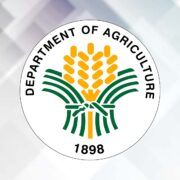

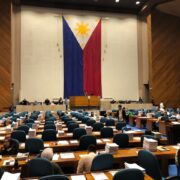



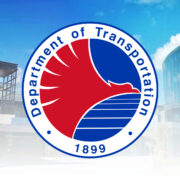






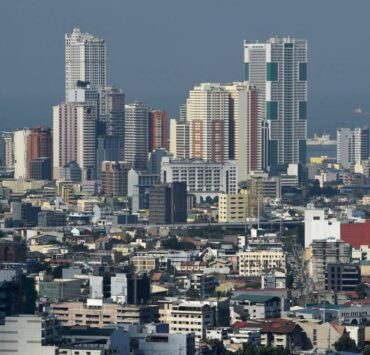
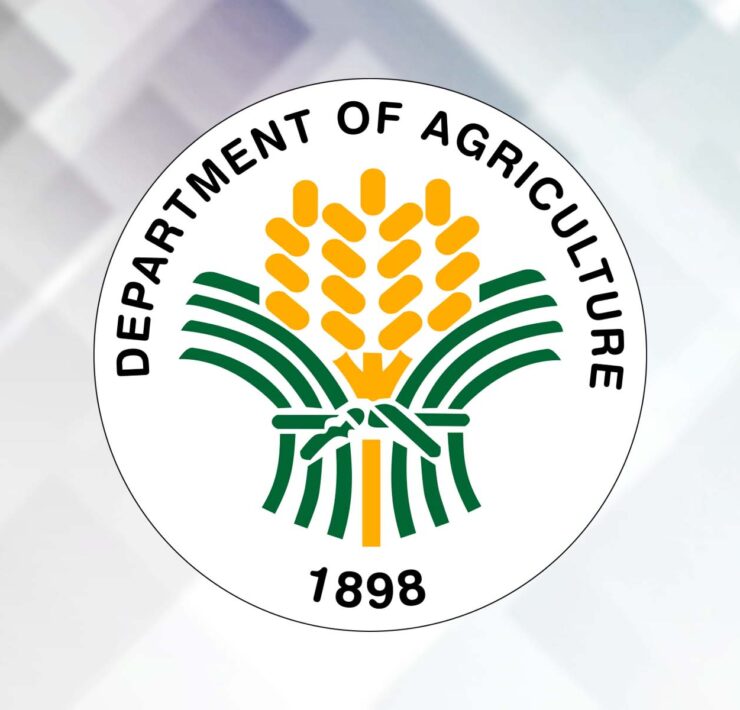

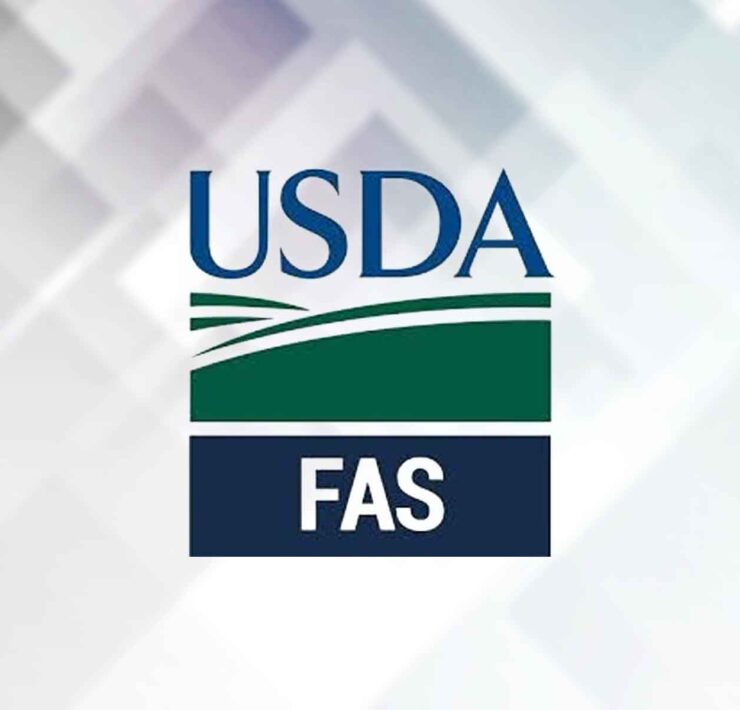


Uncovering the Marcos siblings’ conflict: A case study